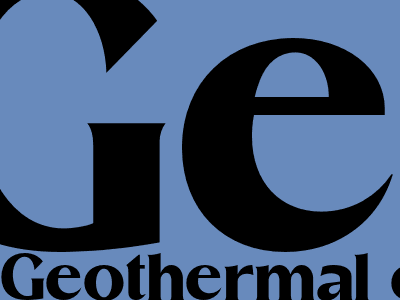
Inside the Earth: Geothermal Energy and the Power of the Planet
What is geothermal energy?
Geothermal energy is heat from the Earth's interior. It can be used to generate electricity or heat buildings and homes. Geothermal energy is a renewable resource, meaning that it will never run out.
How does geothermal energy work?
Geothermal energy is created by the decay of radioactive elements in the Earth's crust. This decay produces heat, which is then transferred to the surrounding rock and water. The heated water and rock can be used to generate electricity or heat buildings and homes.
Where is geothermal energy found?
Geothermal energy is found all over the world, but it is most common in areas with volcanic activity. Volcanic activity creates heat that can be used to generate geothermal energy.
What are the benefits of geothermal energy?
There are many benefits to using geothermal energy. Some of the benefits include:
- Renewable resource
- Clean and sustainable
- Reliable and cost-effective
- Can be used to generate electricity or heat buildings and homes
- Helps to reduce greenhouse gas emissions
What are the challenges of geothermal energy?
There are some challenges to using geothermal energy. Some of the challenges include:
- Can be expensive to install
- Only available in certain areas
- Can cause environmental problems if not managed properly
The Future of Geothermal Energy
Geothermal energy is a promising renewable energy source that has the potential to provide a significant amount of the world's energy needs. However, there are still some challenges that need to be overcome before geothermal energy can become a major source of energy. The future of geothermal energy looks bright, and it is likely to play an increasingly important role in the world's energy mix in the years to come.